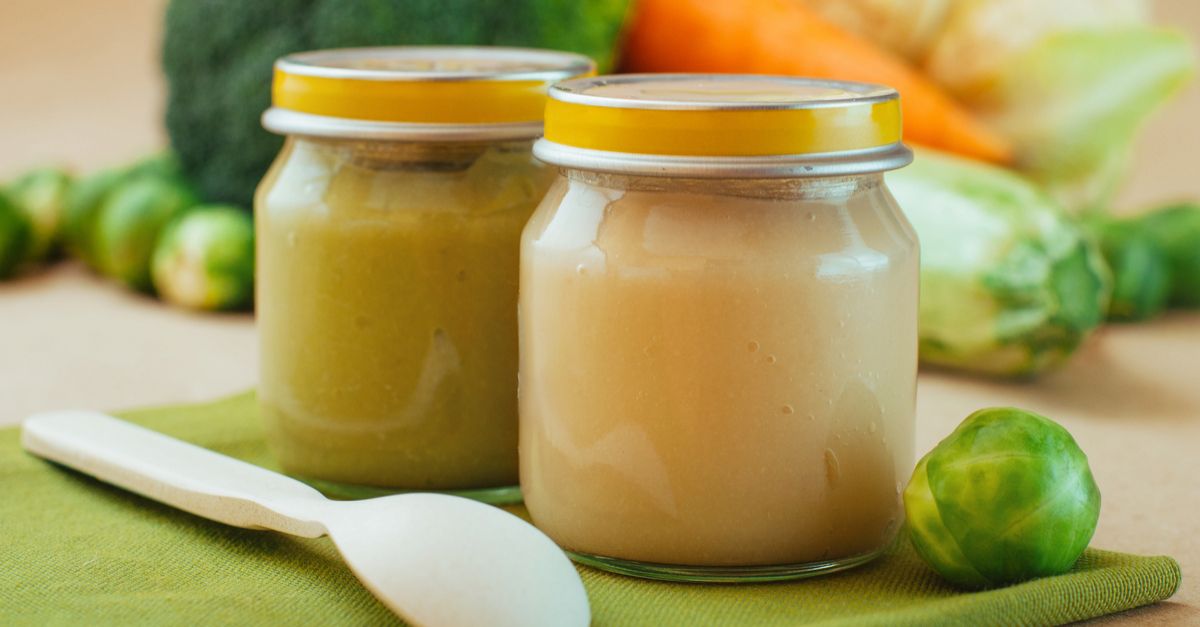In October 2017, several news organizations reported that an "alarming," "scary" and "staggering" study had found the widespread presence of chemical contaminants in baby food.
The Daily Mail, for example, reported:
Two-thirds of baby food in the United States tested positive for arsenic and other dangerous toxins, a study claims. Also, 80 percent of baby formula analyzed had levels of arsenic in the mixture.
The national newspaper USA Today similarly wrote:
An alarming study found many baby food products test positive for arsenic, including 80% of infant formulas. And, that's not the only dangerous contaminate found.
The Clean Label Project, a nonprofit group that focuses on transparency in product labeling, conducted the study. They assert that they tested 530 baby products purchased within the past five months, and the New York Daily News reported that out of those products tested, "the study found that 65% contained arsenic, 36% had lead, 60% had BPA (industrial chemical bisphenol A) and 58% contained cadmium, a natural toxic metal typically found in plant soil and smoking products."
However, the Clean Label Project did not publish their research in a peer-reviewed journal, and had not published any data to substantiate their claims as of this writing. A lack of peer review means that research has not gone through the external, expert scrutiny generally required for such research to be regarded as methodologically sound. Publication in a peer-reviewed journal also requires the disclosure of the names of researchers and authors, as well as potential conflicts of interest. That has not yet taken place in this case.
As well, the Clean Label Project has not yet published information about the levels of contamination they purportedly found in various baby foods. It might be frightening to read that "nearly 80% of baby formula samples tested positive for arsenic," but without knowing the levels of arsenic behind that statement, it is impossible to determine if those levels are indeed unsafe.
Arsenic does have the potential to be toxic, but as the World Health Organization explains, it is "a natural component of the earth’s crust and is widely distributed throughout the environment in the air, water and land." Lead is also a naturally occurring metal.
As part of its Total Diet Study, the FDA carefully tests and monitors the levels of various potentially harmful chemical elements and industrial contaminants in a range of foodstuffs, including baby foods. The FDA's 2006-2013 study of toxic and nutritional elements tested for three of the four contaminants mentioned by the Clean Label Project, arsenic, cadmium, and lead, finding that:
- Arsenic: 9.16% of baby food samples (89 out of 873) contained trace levels of arsenic (generally between 10 and 40 parts per billion)
- Cadmium: 27% of baby food samples (236 out of 873) contained trace levels of cadmium (generally between one and five parts per billion)
- Lead: 18.6% of baby food samples (276 out of 1,484) contained trace levels of lead (generally between seven and 30 parts per billion.)
We asked the Clean Label Project to provide the data associated with their claims but did not receive a response by press time. Until and unless the Clean Label Project publishes that data, or subjects it to peer review, we can't lend any credence to it. Their findings might turn out to be "scary," "alarming" and "staggering," but in the absence of access to their data, the application of those descriptors is not justified.
Kevin Hicks, the CEO of Ellipse Analytics, the Colorado laboratory that conducted the testing, has previously come under scrutiny for questionable practices when he was the CEO of BeverageGrades, another product labeling company.
In November 2017, after this article was originally published, a spokesperson for the Clean Label Project sent us more extensive figures, which you can download here. In brief, the data shows that:
- For 98 out of 102 substances (96 percent), the median concentration across 499 samples of baby food was zero (that is, below the level of detection.)
- The median concentration of arsenic was 5.5 parts per billion (well below the EPA's drinking water limit and the FDA's infant cereal limit)
- The median concentration of cadmium was 2.74 parts per billion (well below the EPA's safety limit)
- The median concentrations of lead and acrylamide were 0 parts per billion
So for every single substance, the average concentration was either below the level of detection or below federal safety limits.
